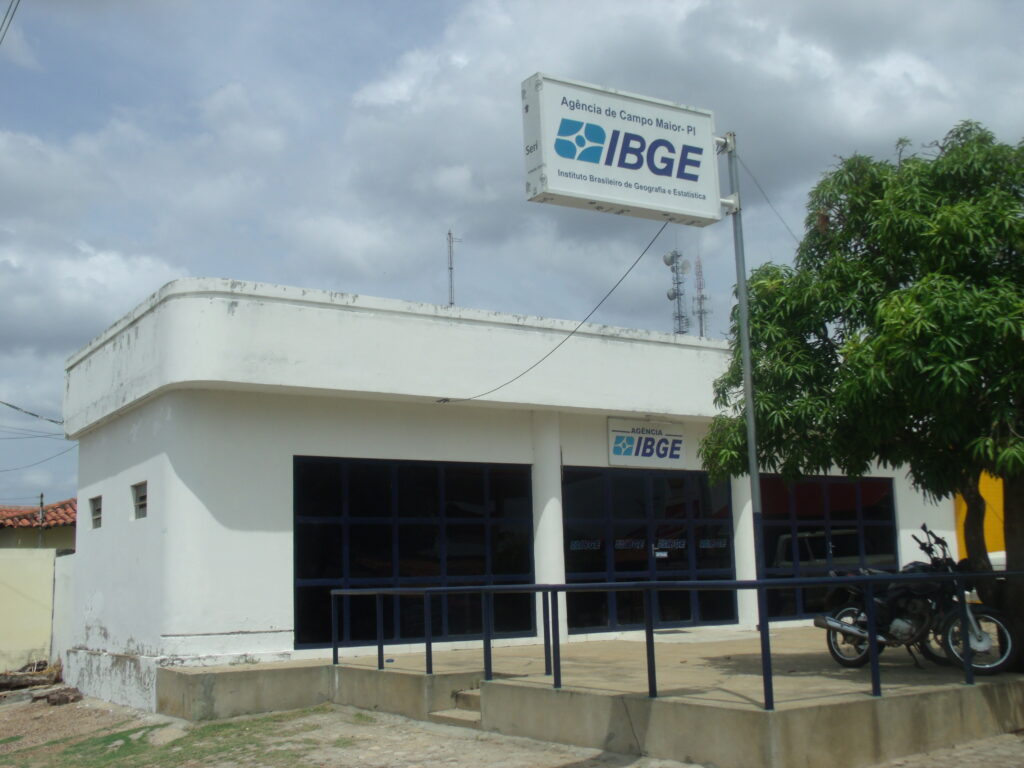This will be the first Brazilian Demographic Census to address Autism Spectrum Disorder (ASD). The Brazilian Institute of Geography and Statistics (IBGE) wants to know how many Brazilians have this characteristic, better project the data in an updated way and compare it with statistics from other countries.
ADVERTISING
The Brazilian State currently does not have information about how many autistic people are in the country and how they are distributed, which makes it difficult to develop public policies and leaves this segment of the population and their families helpless.

Data from Brazilians began to be collected on August 1st. 👇
2022 Census: what is the research for and how to identify IBGE employees?
Disabled person

As in 2010, people with disabilities are being included in the questionary this year. In the previous Census, IBGE counted 45,6 million people with disabilities in Brazil, which at the time was equivalent to 23,9% of the population. But this number has already been challenged several times by civil society entities and organizations.
O blog “Vencer Limites”, by journalist Alexandre Ventura, explains that the IBGE only considers people with disabilities to be those who have great difficulty or are unable to see, hear, move around, move their upper limbs, communicate, take care of themselves, work or study.
ADVERTISING
Indigenous and Quilombolas are also in the search
The IBGE considers that indigenous and quilombola people are the ones who identify themselves in this way. Thus, the first question asked is “do you consider yourself indigenous?” or “do you consider yourself a quilombola?” After the question is still questionada the name of the community in which they live.

This year another change takes place in the Census: the questionapproach in an indigenous group. It will identify infrastructure data, education and habits related to that community.
It was a challenge for IBGE to map the clusters. They will continue as a census sector for indigenous people, household groups determined by them and lands determined by the National Indian Foundation (Funai). For quilombolas, the areas determined by the National Institute of Colonization and Agrarian Reform (Incra) were considered.
ADVERTISING

Agglomerates
The Census also considers favelas, communities and stilt houses. This is the concept of a subnormal cluster and this year the form of identification was improved with high-quality satellites, contact with city hall and field work. To be identified, it must necessarily be an irregular occupation.

This year's survey will also show the precariousness of public services such as water supply and treatment, garbage collection, electricity supply and sanitation.
Source: Agency Brazil
Featured photo: Reproduction / Moacir Ximenes
(🚥): may require registration and-or subscription
*content in other languages was translated via Google Translate



